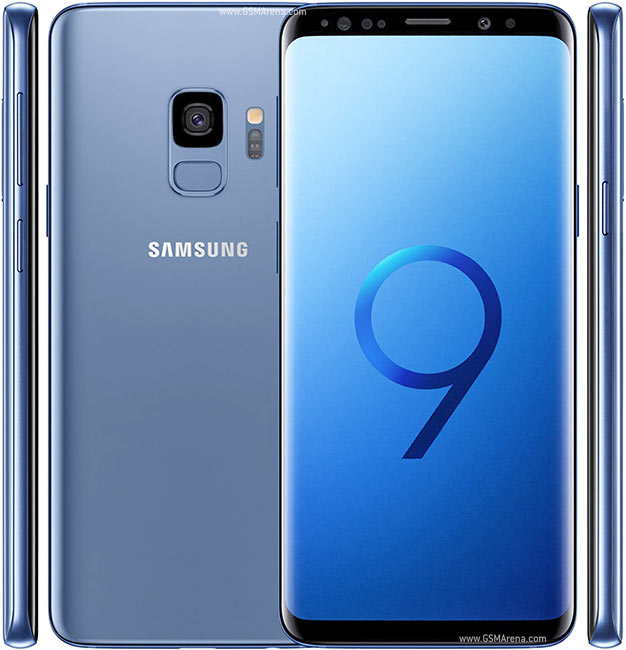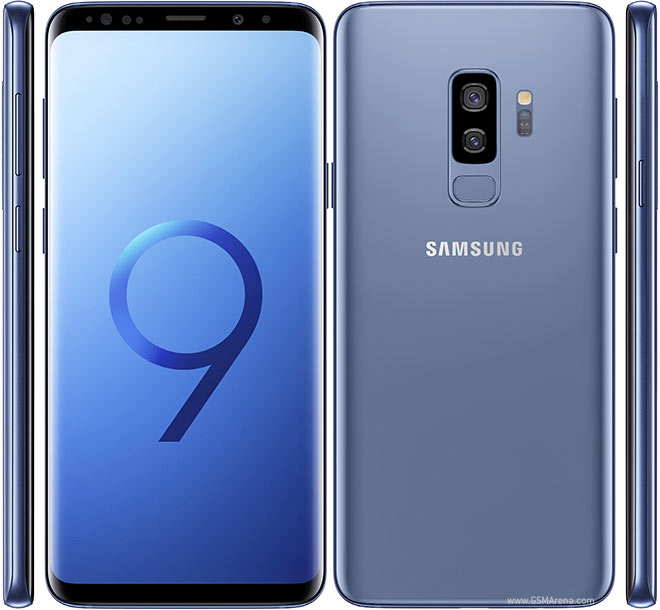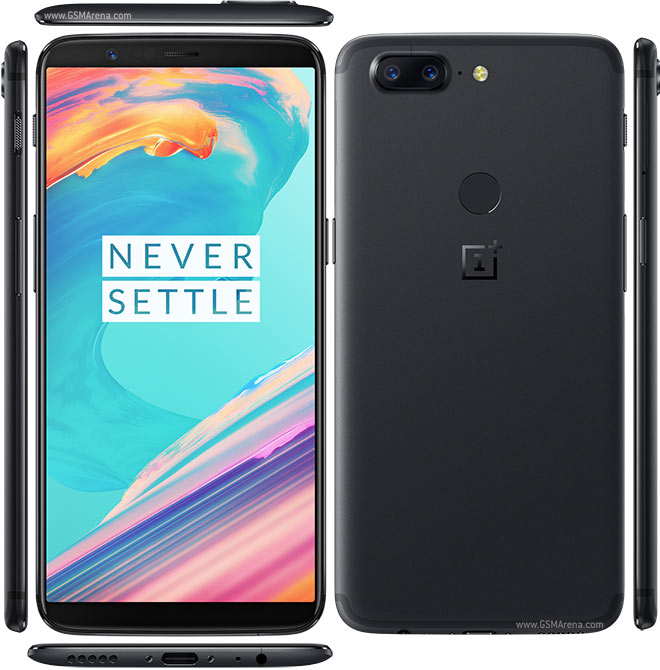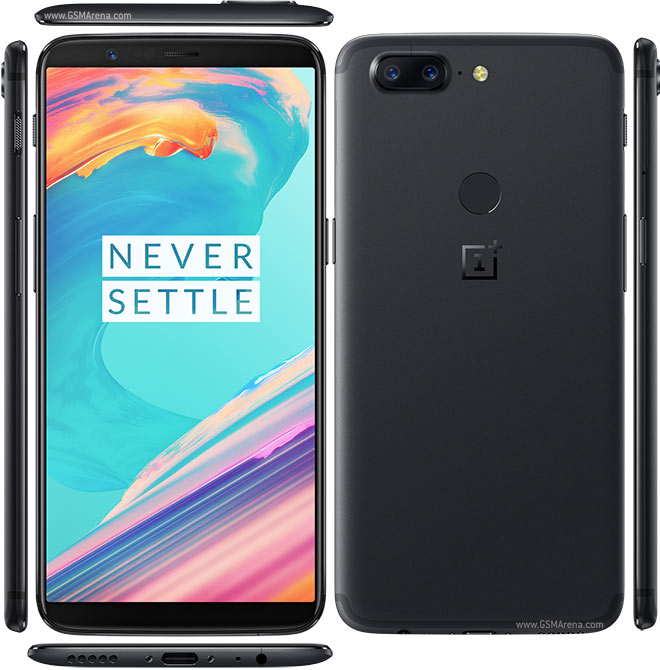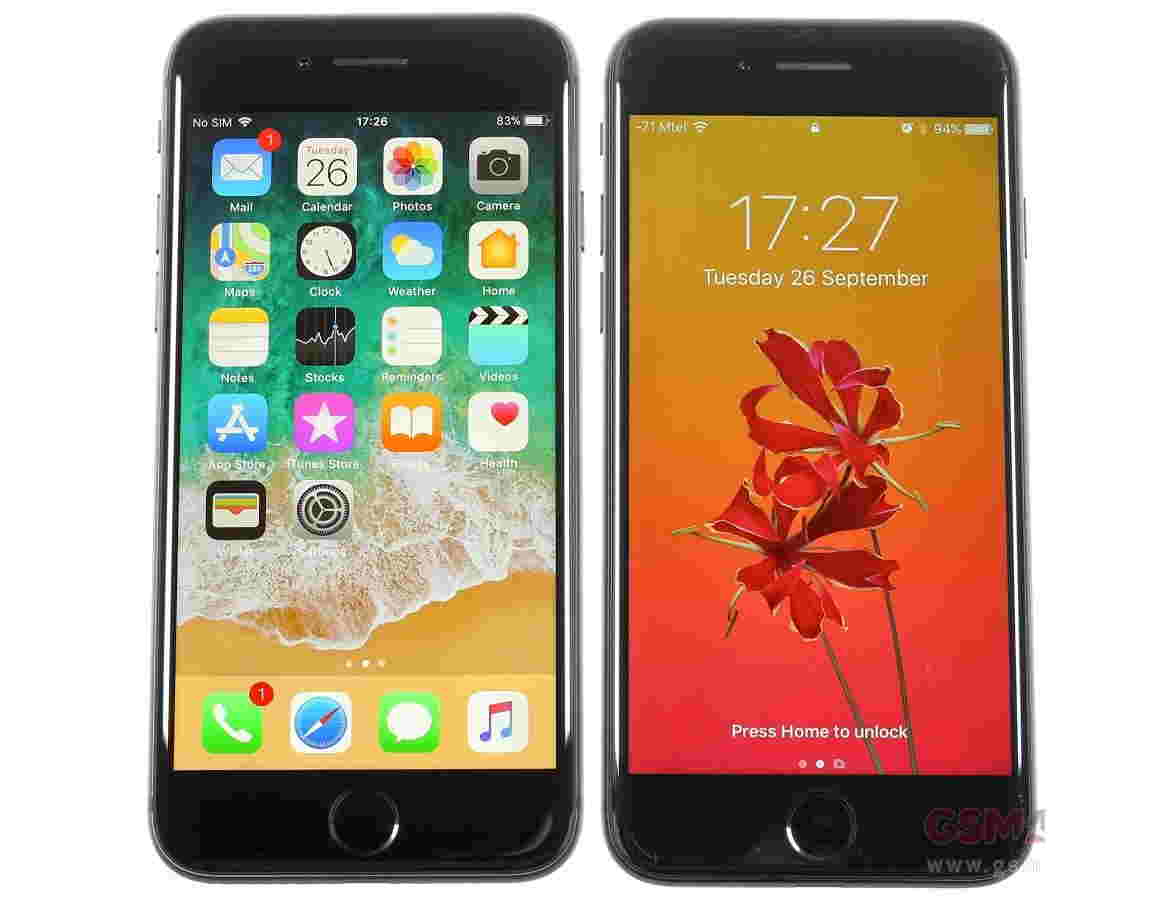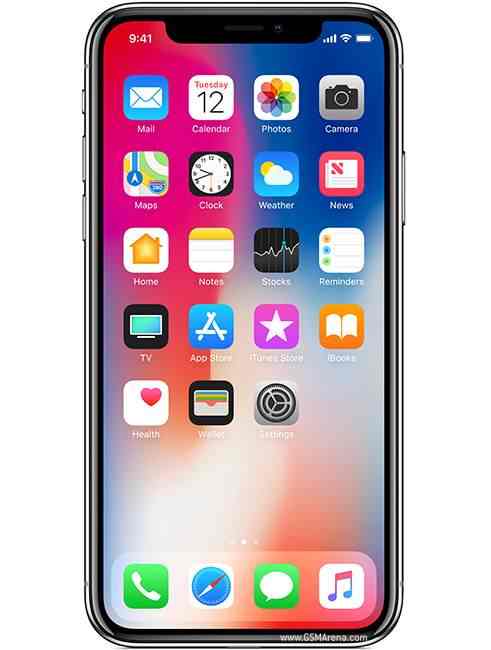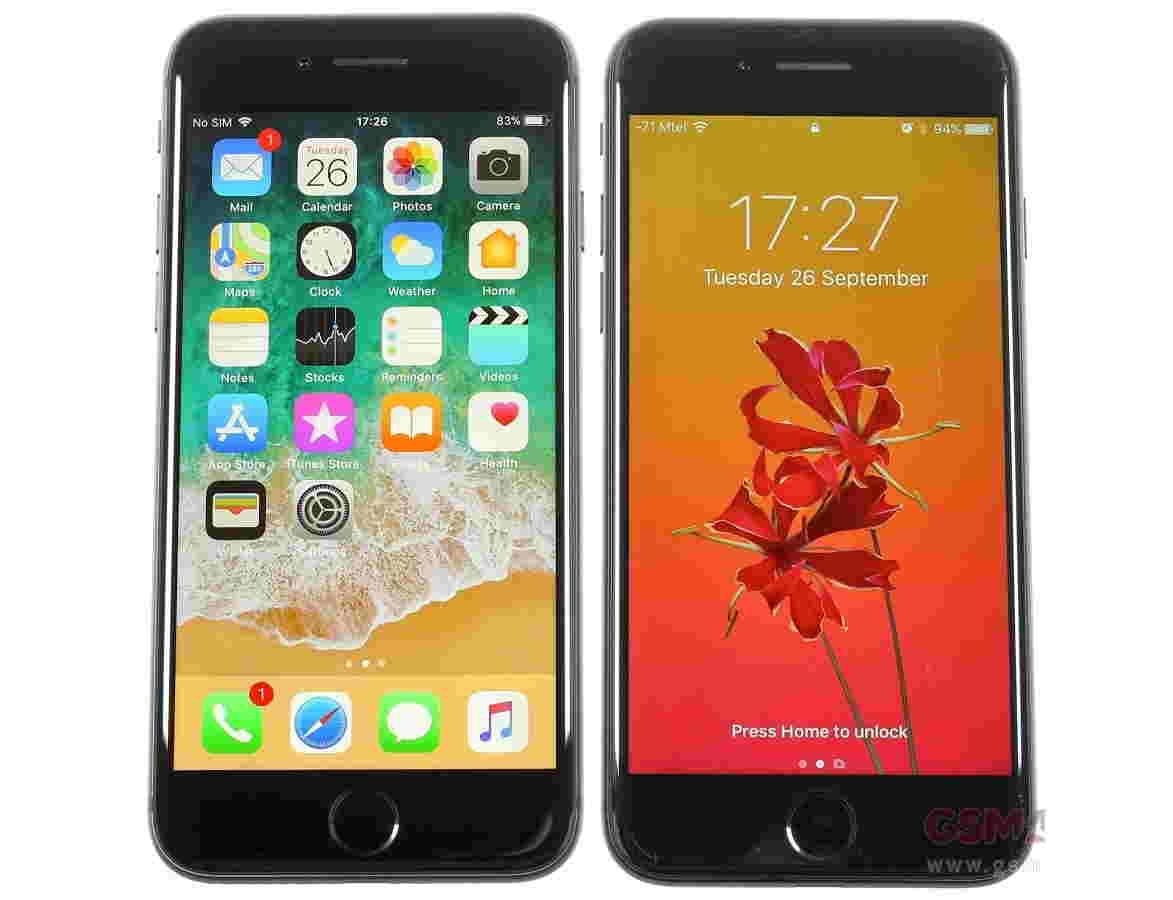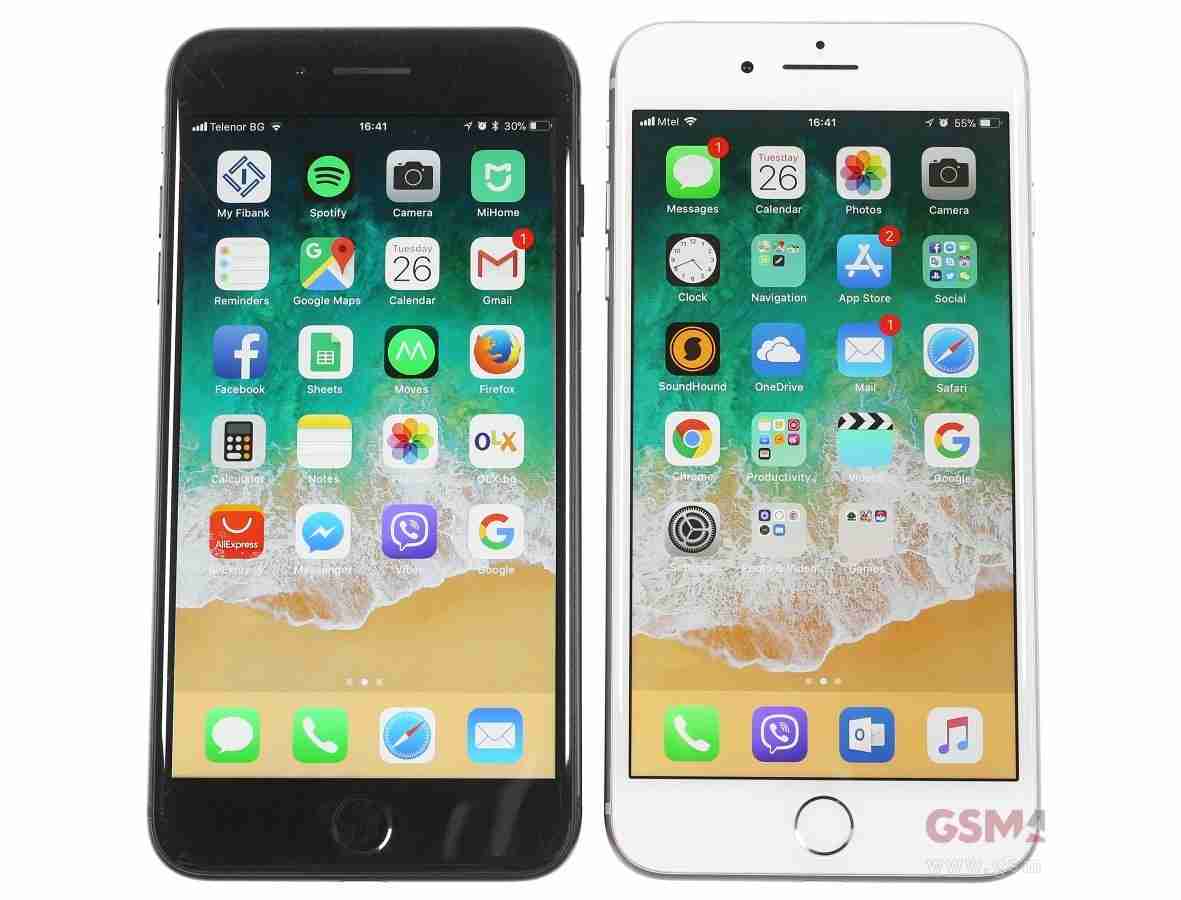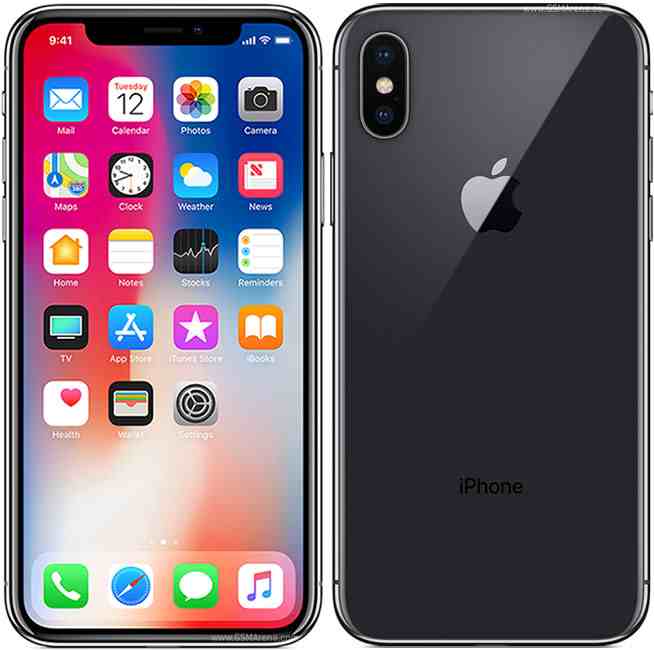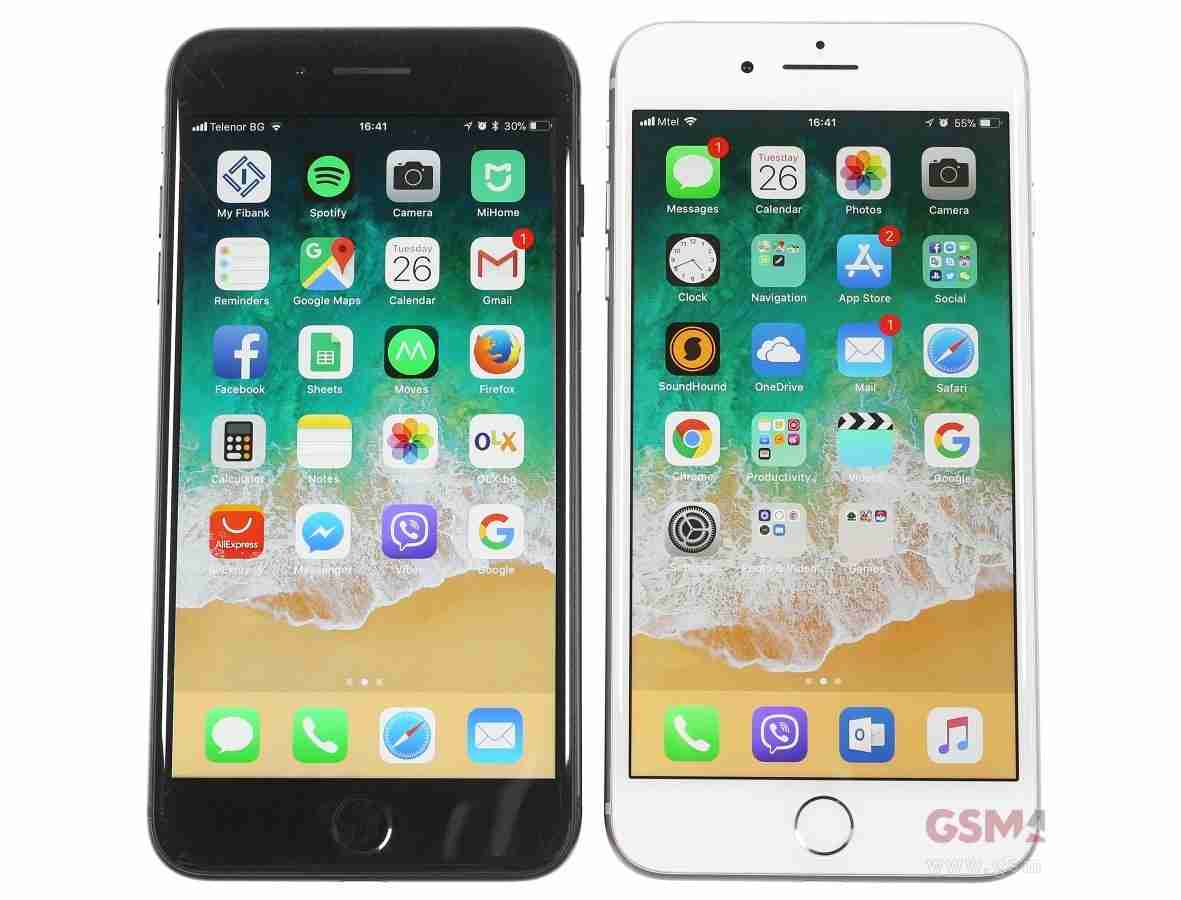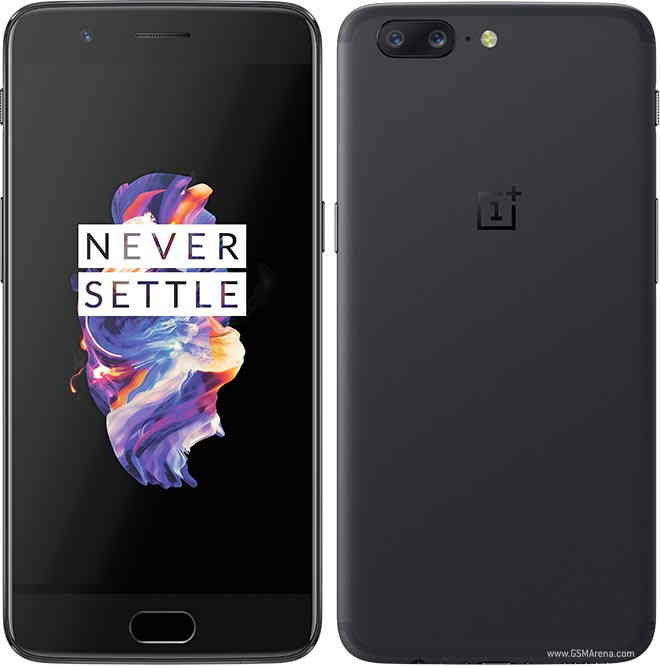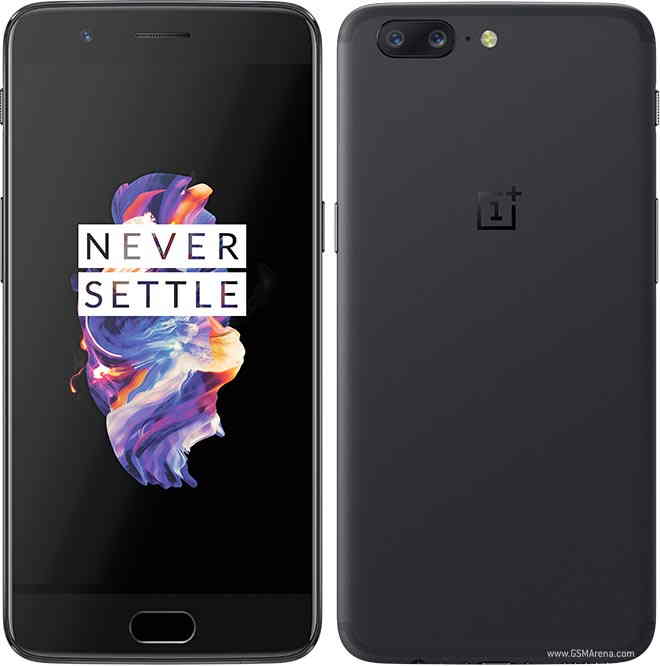
Why the microSD may have had its day
MicroSD cards are serious business, or at least that's the impression given by the uproar surrounding any major Android handset that doesn't include a slot for one. But are they really necessary?
There's no denying that they can be appealing. Regardless of how much storage a handset has a microSD card can boost it - and with the launch of SanDisk's 128GB card it can be expanded massively.
That can certainly be useful for anyone who wants to jam their phone full of media, but even if you don't it's comforting to have that safety net, knowing that the storage is there if you need it. But do you need it? Really?
You might argue that there's no downside to having a microSD card slot even if it's not likely to get used, but that's not entirely true. For one thing they simply don't fit with the design ethos of some handsets.

A year ago, there was a case to make that phones of a certain design, such as the unibody HTC One, can't easily support a microSD card slot and as design is one of its biggest selling points, to compromise that would be to compromise the whole handset.
On the other hand it's arguably a minor compromise, and one that seems to have been erroneous. That's a large part of why HTC One (M8) has a microSD card slot when the HTC One didn't, as an HTC spokesperson explained to us that:
"Advances in our design and manufacturing processes have allowed us to introduce the microSD card without feeling like we need to compromise on design.
"With last year's One, we felt the compromise was too large – particularly given the prevalence of free cloud storage – so we opted not to include microSD. This year, advances allowed us to revisit that decision if the customer demand warranted it."
Sure, the HTC One (M8) would probably still look better without a covered slot breaking the lines, but it's always going to need a certain number of slots and ports anyway.
Slow storage
Then again, a microSD card slot isn't necessarily desirable even when it can easily be included. Because while microSD cards sound good on paper in reality they can hugely impact a phones performance.
According to a study carried out by Hyojun Kim at the Georgia Institute of technology, using a microSD card in your phone can cause it to become sluggish, with even basic tasks like web browsing suffering as a result. Overall performance can often drop by between 100% and 300% and in one case the study found that there was an incredible 2000% decrease in performance.
Even at the lower end that's a massive loss in performance and is an unacceptable trade off for some extra storage, particularly on higher end handsets where you're paying hundreds of pounds extra for a boost in specs.
The reason for the performance loss is simple, microSD cards themselves aren't fast enough. They can't keep up with the power and speed packed into modern smartphones. Though some are better at this than others and the brand and class of card you choose will have a big impact.

Bad memory
Speed isn't the only issue either. Hardware hacker Andrew Huang gave a talk at Chaos Compute Club Congress, where he explained that "flash memory is really cheap. So cheap, in fact, that it's too good to be true. In reality, all flash memory is riddled with defects - without exception."
The illusion of a contiguous, reliable storage media is crafted through sophisticated error correction and bad block management functions. This is the result of a constant arms race between the engineers and mother nature; with every fabrication process shrink, memory becomes cheaper but more unreliable.
Likewise, with every generation, the engineers come up with more sophisticated and complicated algorithms to compensate for mother nature's propensity for entropy and randomness at the atomic scale."
Cheap, but not so cheerful
Which brings us to another key issue in the appeal of microSD cards, the fact that they're cheap. On the face of it the price can be appealing, particularly in comparison to paying through the nose for increased built in storage on a phone.

Take the iPhone 5S for example. The 16GB model already retails for a whopping £549, but for a 32GB model you're looking at £629. That's £80 more for just 16GB of extra storage, while the 64GB model is yet another £80 more expensive - and that model clearly won't change for future models.
Admittedly Apple products tend to be expensive anyway, but even a 32GB Nexus 5 costs £40 more than a 16GB one and other companies have similar price differences.
Compare that to on average just £7-10 for a 16GB microSD card, £15-20 for a 32GB one or £35-45 for a 64GB one and the pricing does seem quite steep.
You could argue that you're paying the extra for a product which isn't 'riddled with defects' but it still seems like a substantial difference, particularly when you can get a 1TB external hard drive for around £50.
Robert Leedham, writer for Which? Tech Daily agrees, saying "microSD cards aren't essential in phones, but they're a cheap way to get added storage. Spending £15 for 32GB extra space on your mobile is a good deal in anyone's book."
An argument could certainly be made that manufacturers should charge less for extra storage then, but given how slow and unreliable microSD cards are it's still often worth paying the extra to avoid them.
Upping the limit
Of course sometimes even paying for a high-capacity handset isn't enough, as you're still not going to be getting more than 64GB of storage, which should be more than enough for most people but it's still easy to fill - which is why 128GB phones will soon be an option for most, if not highly expensive.
Smartphone storage can be even more limited than it initially appears to be too, as some of the advertised memory is taken up by the operating system and often by apps which can't be uninstalled.
Leedham sees this as a major problem, arguing that: "Manufacturers will begin to offer more storage space if they think it will make more people buy their phones. Realistically, they need to ensure operating systems don't eat up too much existing storage space. Our recent storage test found only 8.56GB (or 54%) of a Samsung Galaxy S4 was actually available for you to use."
Sometimes the hit is only a few gigabytes, as on the 16GB iPhone 5S and Nexus 5, which give you 12.20GB and 12.28GB of usable storage respectively, but other times you can be left with only around half the advertised amount, as in Leedham's example, making a microSD card all but essential.
The good news is that phone storage is increasing. The iPhone 3G had a choice of 8 or 16GB of storage, the iPhone 4 brought the potential storage up to 32GB and the iPhone 5 boosted it to 64GB. Sadly Apple didn't continue that trend with the iPhone 5S, as that too tops out at 64GB, but there's always hope that the iPhone 6 might have 128GB of storage.
You can see a similar increase among other manufacturers. HTC for example put just 512MB of storage in the Hero, but that went up to 1GB in the Sensation, 16 or 32GB in the One X and 32GB in the HTC One. Though the HTC One (M8) hasn't increased that any, instead opting to include a microSD card slot to augment the storage.
But despite some recent flagships halting the march towards increased storage we're still likely to see it grow quite rapidly in the next few years.

Tablets like the iPad Air already offer 128GB of storage and there's even a smartphone with that amount of capacity, unfortunately it's only available in China, but it's surely only a matter of time before 128GB of storage and beyond become common in phones.
Given the rate that storage has increased so far that's likely to happen sooner rather than later and when it does microSD cards will become a lot less desirable.
MicroSD: the alternatives
Up in the air
In the meantime there's at least one viable alternative to microSD cards and in many ways it's a far more attractive option. We're talking of course about cloud storage. After all why have your files stored on one device when you could access them from every device you own by uploading them to the cloud.

The pricing compares favourably to microSD cards too, with most providers giving a certain amount of storage away for free, right up to 50GB in the case of Mega. But even subscriptions don't have to break the bank. Box for example charges just £3.50 per month for 100GB of storage.
Cloud storage does have its limitations, as uploading large files can take a while and as Leedham points out "your phone won't always be connected to wireless internet, so internal storage is still important. The interesting thing will be whether apps continue to grow in size, just as flash storage does."
But it's increasingly rare to be without some form of internet connection on phones and with most major storage providers offering smartphone apps the whole process is normally very easy, while your data is safer than it could ever be on something as unreliable as a microSD card.
Streaming services are another alternative and while they're even more dependent on an internet connection they take storage out of the equation entirely.

With a Netflix subscription you have instant access to thousands of films, while Spotify gives you access to millions of songs, far more than could ever fit on even the biggest hard drives and you have access to them across all of your devices.
But if you're particularly attached to your own music collection or don't want to pay a subscription then there's always Google Play Music, which allows you to store up to 20,000 of your own songs in the cloud for free and stream them to your devices.
For cloud storage to truly match local storage there will need to be fast, free internet connectivity everywhere and we've not at all reached that point yet, but as the likes of 4G take off and Wi-Fi hotspots become more prevalent we're edging ever closer.
Indeed Rob Hodges from Mobiles.co.uk believes that phones will be heading even more towards cloud storage in the future, saying that "with all the leading operating systems moving towards cloud storage (Google Drive, SkyDrive, iCloud) content is going to be more off your phone, and more accessible from anywhere.
Cloud accounts can be quite generous for storage meaning you have plenty of space for your major content. Whether apps will have the functionality to be accessed remotely without using memory on your device is the next challenge, but it will be something smartphone manufacturers are trying to conquer."
Right now you can't store apps in the cloud or stream them, but then you're increasingly unable to move apps to microSD cards anyway, so that's not such a factor.
Separation anxiety
Even if the phone and apps you have do allow for it you might want to reconsider, as above and beyond the issues with microSD cards highlighted earlier there's also the fact that separating an app from OS features on the phones internal storage can cause problems of its own.
Hodges explains it like this: "Downloaded apps need access across a range of the pre-installed OS features. Even the little things like WhatsApp accessing your phone contacts list, or Skype accessing your camera. Building a partition between app memory and OS memory would only slow things down, meaning a more disruptive user experience."
MicroSD cards aren't all bad of course. Hodges argues that they're "great for your disposable media files such as music, movies and camera content. Definitely recommended as a way to access your library and can easily be taken out the phone and plugged into business/personal devices.
Should your phone break down, the microSD card is that sigh of relief that your valuable photos and multimedia are safe, easily accessible and can be uploaded to your computer via SD card adaptor or another smartphone."

On the way out
With phone storage increasing in size and cloud storage taking off, microSD cards are becoming increasingly unnecessary, but they've not been rendered totally obsolete just yet - and they seem to be on most top end phones now, although only to satisfy worries from consumers about topping out on storage limits.
Even Windows Phone handsets are starting to get on board with microSD slots at the lower end to augment poor storage... although we've yet to see it on the high price tag devices.
HTC has seen fit to include one in its latest flagship, explaining that "we heard the customer feedback over the past year asking for expandable storage. We want to provide the best experience possible in our flagship One, and microSD now offers more space and flexibility to use their phone exactly how they want with all the content they want."
It's clear then that a lot of consumers still place value in microSD cards. We'd wager that there's a silent majority that doesn't really use them but for anyone who wants local access to a lot of media or other large files they still serve a purpose.
The sooner that ceases to be the case, the better, given all the problems inherent in them, but until onboard storage breaks the 128GB barrier and comes down in price they're a necessary evil....or a godsend, depending on your perspective.
In any case a microSD card slot in a phone can hardly be seen as a bad thing, since it simply increases your options. But you might want to think twice about actually using it unless you really need to.
- Looking up to the cloud but not sure where to start? Check out our tips on making the most of free cloud storage.




